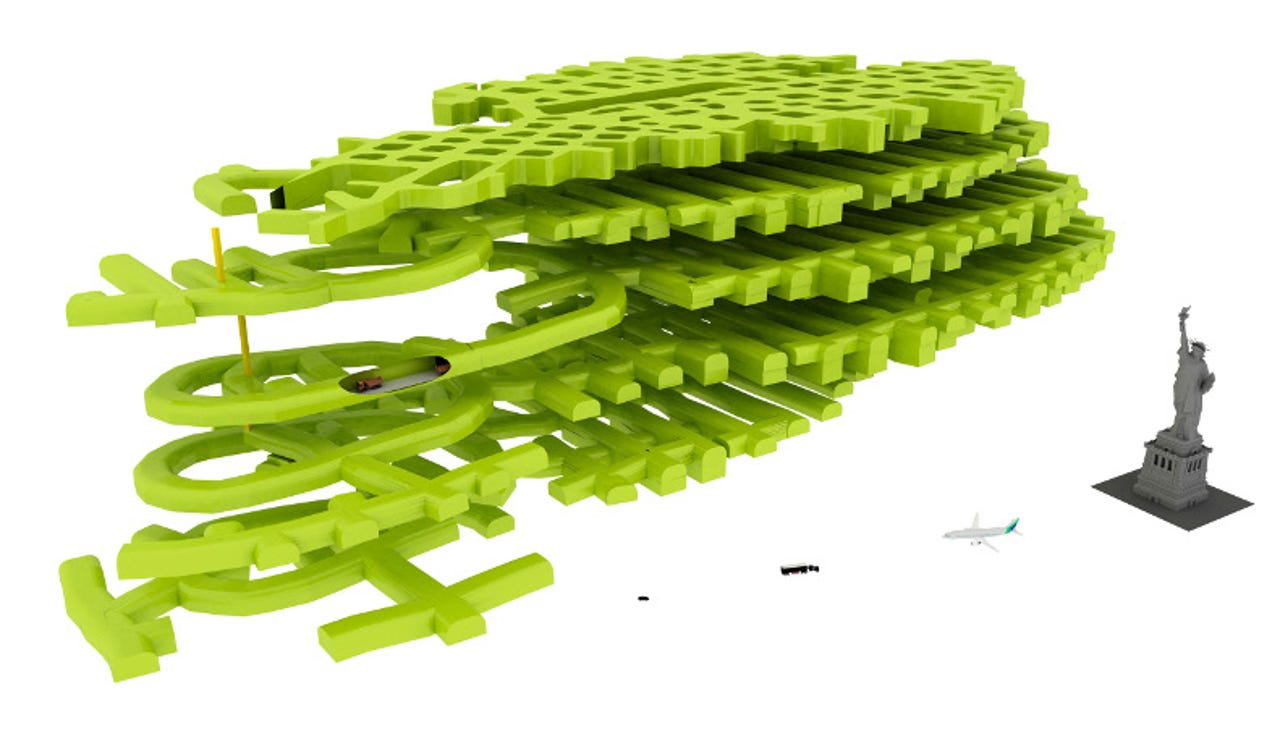The abandoned mine that's being transformed into a datacenter


The Lefdal Mine Datacenter, located by a fjord on Norway's northwest coast, will offer Tier III white space facilities. The first equipment will begin going in this week, with the initial cost of the facility put at NOK 250m (€26m).
Two tenants signed
Lefdal Mine has already signed two international companies as its first tenants: IBM and German industrial conglomerate Friedhelm LOH Group.
The two businesses have worked on the development of the facility: IBM was involved in the design process, and will also take part in its build-out.
The pair will move into the datacenter in August 2016, and the facility will be opened to other clients from that October.
Friedhelm LOH has acquired 33.3 percent of Lefdal Mine's shares, and its subsidiary Rittal is one of the mine's technology partners.
Rittal will supply racks, containers, cooling equipment, and power systems for the datacenter, and has developed modules specifically for the Lefdal facility. The containers used in the mine, manufactured in Germany, can even be shipped to the end customer's premises first, for installation of their equipment, before they're finally delivered to the Lefdal Mine Datacenter.
Avenues and streets for containers
The facility covers 120,000 square meters, spread over six levels.
The first stage of the build-out will involve a single level of the mine, Vidar Saltkjel, the technology manager of Lefdal Mine, told ZDNet.
Most of the mine's levels are arranged in a simple grid pattern, with the levels connected by a 1,300-meter spiral access road. The road is 14 meters wide and 8.5 meters tall - large enough for two-way traffic by trailers carrying standard transport containers.
Each level has a central access road that connects to the spiral access road, with galleries of varying lengths across it. These galleries are on average 100 meters long, and between 11 and 18 meters high, and there are 75 such galleries in the mine in total.
The access roads on each level of the mine will be known as avenues, and the galleries called streets. It is in these streets that the company plans to house clients' datacenters, preferably implemented in standard transportation container modules. The streets will house these 40-feet containers in three heights, and the streets are wide enough to install containers on both sides, leaving room for a transport road in the middle.
In addition to the avenues and streets, there are also service tunnels in the mine, carrying two independent circuits of water-coolant pipes, as well as power and communication lines.
The modular system, used both for the racks and in the containers, developed by Rittal, allows for a high degree of standardization. The containers only need to be plugged into the power, cooling, and comms supplies in the datacenter and they're ready to go.
The delivery time for the container will be around six weeks from order to installation, according to Rittal.
The more traditional way of building datacenters with data halls, rooms, and floors, will also be an option inside the mine for customers who prefer that architecture.
Green and economic
Lefdal Mine Datacenter uses cold seawater from the nearby fjord as a coolant. The mine itself is partly below sea level, so there's no need for expensive high-capacity pumps to get the seawater to the cooling system's heat exchangers. As a result, the mine will have a PUE (power usage effectiveness) of between 1.08 and 1.1 for a 5KW rack.
According to the company, that makes Lefdal Mine among the most energy efficient datacenters in Europe.
The datacenter will be powered by hydroelectric and wind power, produced locally. Within a 50-kilometre radius of Lefdal Mine, there are four hydroelectric power plants, with a combined capacity in excess of 300 MW. Norwegian electricity prices are among the lowest in Europe, and recently the Norwegian government announced a reduction in taxes on electricity for datacenters in next year's national budget.
The first stage of the build-out will have a capacity of 30 MW in terms of power supply and cooling, and fully populated the datacenter will offer 200 MW. That makes it larger than both Facebook's 120 MW datacenter in northern Sweden and the estimated size of Apple's planned datacenter in Denmark, thought to be between 100 MW and 144 MW.
Read more